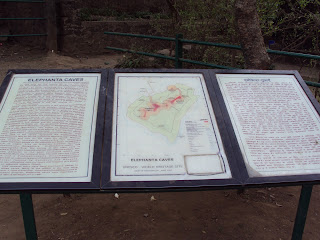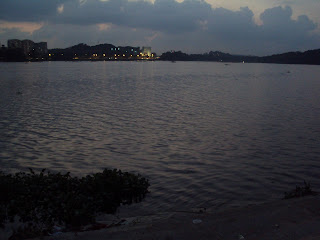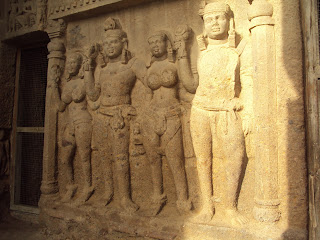I have not posted anything since long, as I am enjoying my holidays at Native place.
It's Orissa.
So, just thought to post some of the nice places around here.
Right now I'm in the capital city "Bhubaneshwar", also known as Temple City of India.
Here, my attempt would be, to post some of the well known old temples and other heritage sites around the city.
Hope this will be a nice journey as well.
It's Orissa.
So, just thought to post some of the nice places around here.
Right now I'm in the capital city "Bhubaneshwar", also known as Temple City of India.
Here, my attempt would be, to post some of the well known old temples and other heritage sites around the city.
Hope this will be a nice journey as well.











































